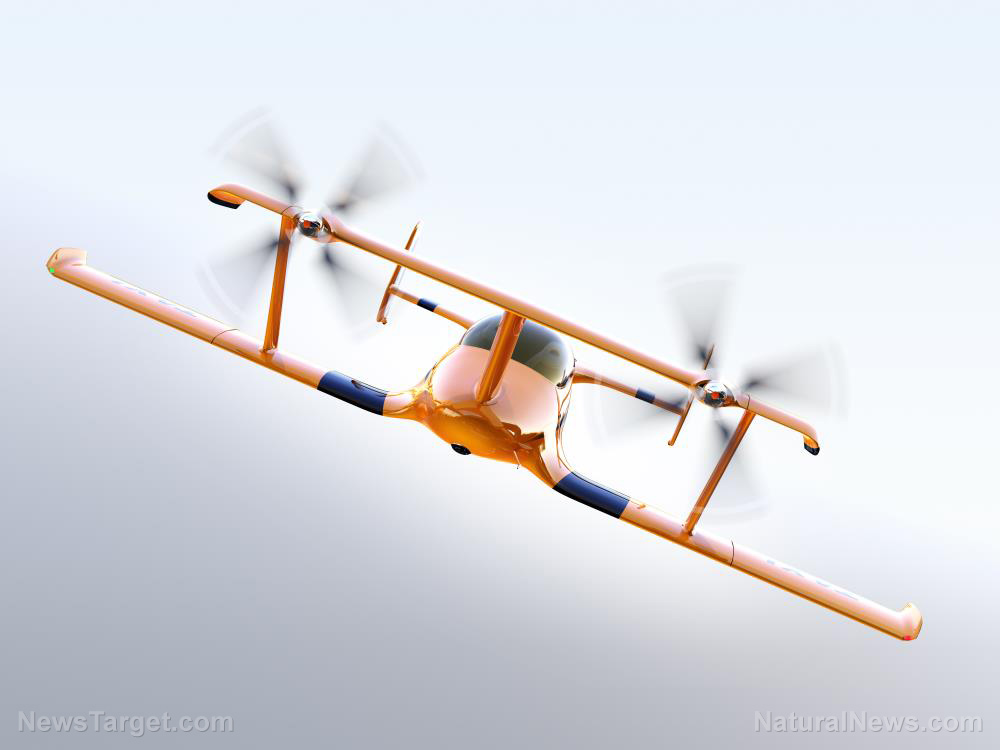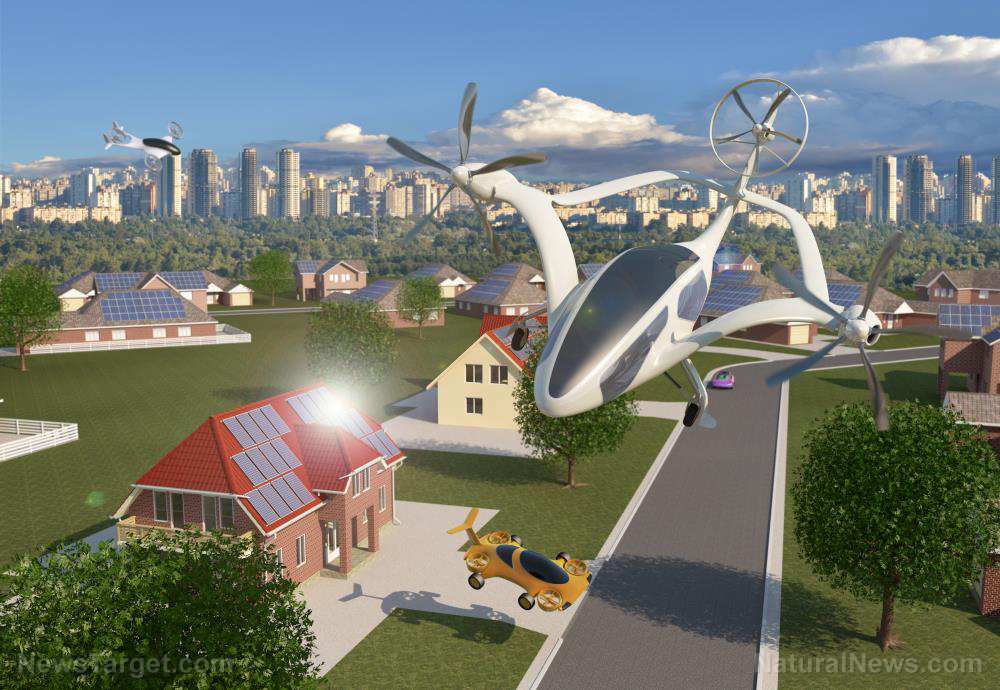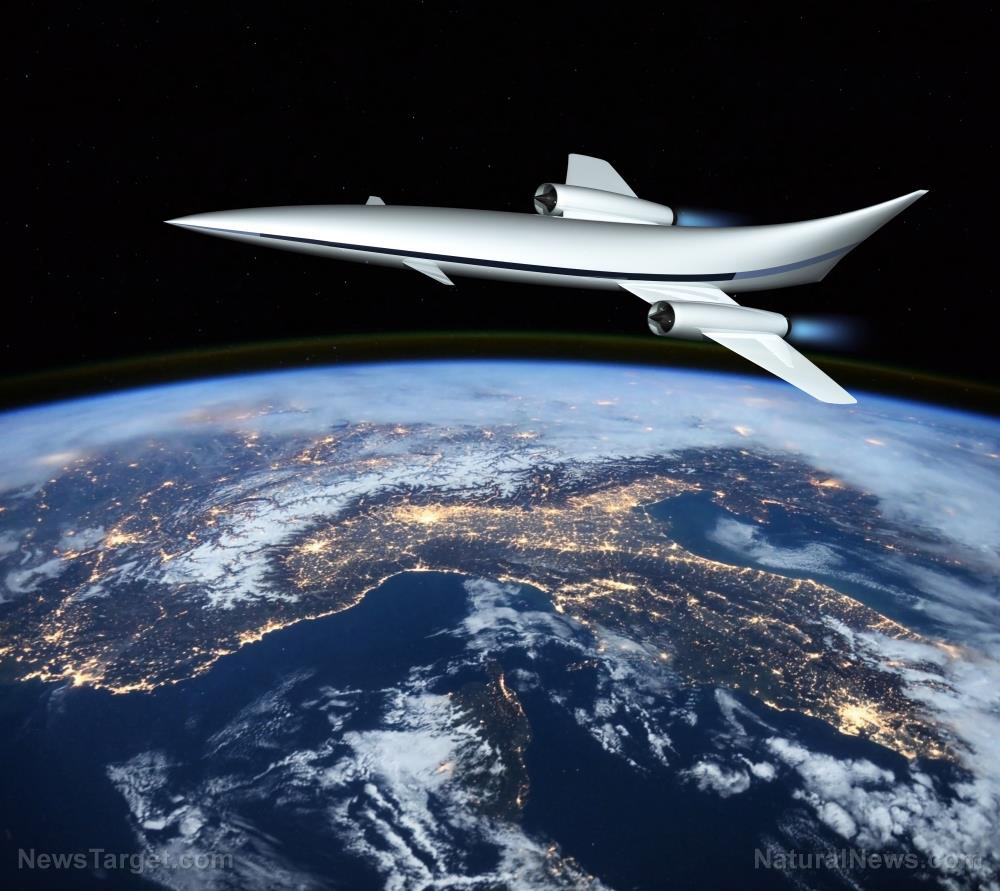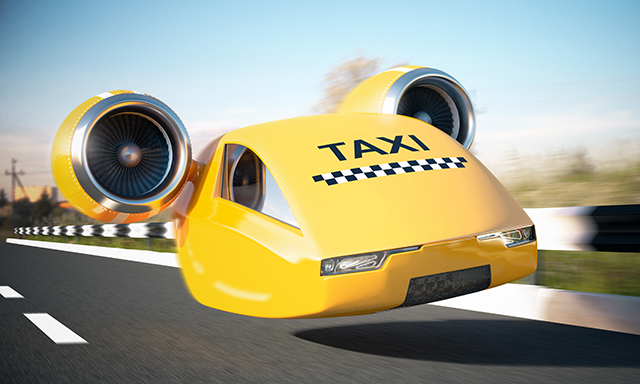
A startup is pledging to significantly reduce the cost and hassle of traveling between coastal cities, and it has created a one-of-a-kind vehicle to achieve this goal.
Regent, a transport startup based out of Boston, is developing a hybrid craft it calls a "seaglider" that can take off and land on water the same way floatplanes do. The company claims that this unique design will be able to combine the speed, comfort and navigation ability of aircraft with the maneuverability, convenience and affordability of ships.
The seaglider will be able to transition between multiple modes. Once it leaves the dock, it will operate at speeds of between 20 to 45 miles per hour (mph), running on foils the same way boats do. This keeps the seaglider's fuselage above the water and it avoids the bumpy rides that come with boat travel, giving the passengers a higher standard of comfort.
Once the seaglider reaches the open water, it can take off and fly at speeds of between 145 to 180 mph. But instead of flying at high altitudes like other passenger aircraft, the seaglider is designed to operate similarly to a hover vehicle. It will use the "ground effect," or the cushion of air beneath the wings, to stay around a wingspan's length above the water's surface.
"This maritime environment allows us to halve the decade-long development cycle for aircraft and eVTOLs [electronic vertical take-off and landing aircraft]," said Regent in a statement. "By operating within a wingspan of the water, seagliders have double the range of electric aircraft thanks to aerodynamic and operational efficiencies."
This unique design might be able to give Regent's eight-engine seaglider an edge over other aircraft. It has the added bonus of not requiring fixed landing areas to take off from, as it can use existing docks and gain enough speed to fly using the open waters. (Related: Rolls-Royce leads project to deliver an all-electric passenger airplane by 2026.)
The firm currently lists the seaglider's operational range at 180 miles. This is due to the limitations of currently existing battery technology. But Regent foresees batteries becoming more sophisticated and powerful in the future, and says with enough power a seaglider will be able to travel up to 500 miles nonstop.
Regent CEO Billy Thalheimer said the lack of charging stations in docking areas is another major hurdle for the company.
Regent seaglider to begin coastal transport by 2050
"The efficiency of coastal transportation will be a hundred times greater with Regent," claimed Mark Cuban, billionaire and owner of the Dallas Mavericks basketball team. Cuban is part of the Founder Fund, a group of corporations that have invested in Regent's seaglider concept.
"The idea of having to get between two coastal points is always stress inducing," added Cuban. "Regent changes all that and makes it fast and easy. Regent will give people a step-change improvement in transportation. Passengers will spend less time in transit and more time with their families."
Thalheimer said during an interview that he is working with existing harbor infrastructures to release a fleet of seagliders worldwide. He is eyeing Boston as the company's first major port but is also looking at other places all over New England where he can test the seagliders in harsh environments, such as during winter.
"We're going to be flying a quarter-scale prototype by the end of this year," said Thalheimer. "The prototype will have about a 15-foot wingspan and will weigh about 400 pounds. We need to make sure it works in representative operational environments like in waves and different weather."
The company wants to establish routes between major coastal hubs like Boston to New York and Los Angeles to San Francisco. It is even thinking of shorter, quicker routes like New York City to the Hamptons, or flights connecting Hawaii's many islands.
Regent has raised $465 million in provisional orders from ferry companies and commercial airlines who are interested in the concept. The company expects to begin transporting passengers along coastal routes by 2050.
"Aircraft operators are excited because seagliders are half the operating cost of aircraft, and ferry operators are excited because the seagliders are six times faster," said Regent.
Learn more about future vehicle concepts like Regent's seaglider by reading the latest articles at FutureTech.news.
Sources include:
Please contact us for more information.




















